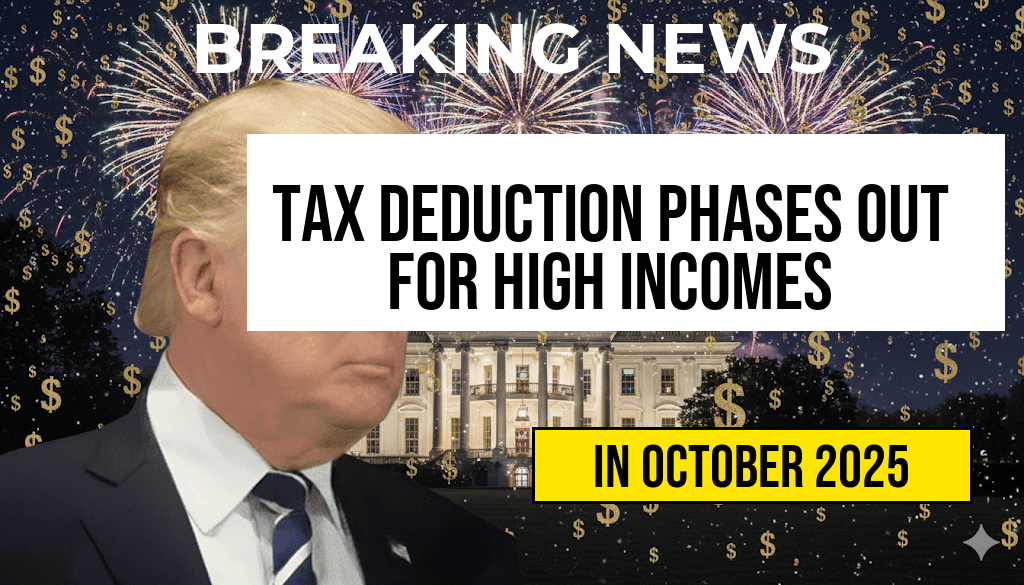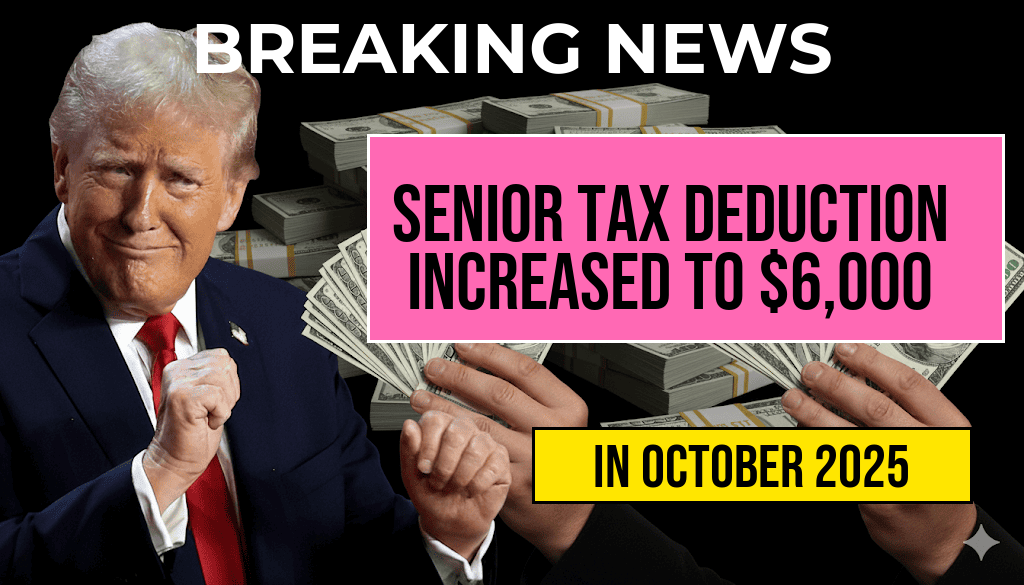The traditional tax benefit of a $4,000 deduction is undergoing a significant phase-out for taxpayers earning more than $75,000 annually. Starting this year, the Internal Revenue Service (IRS) is implementing a gradual reduction of this deduction, which effectively narrows the financial advantage for middle- to upper-middle-income filers. This adjustment aims to align tax benefits more closely with income levels, potentially impacting millions of Americans. Taxpayers with incomes just above the threshold will experience a reduced deductible amount, affecting their overall tax liabilities. This change reflects ongoing efforts to modify tax code provisions and address income inequality concerns, with policymakers emphasizing the importance of fair distribution of tax incentives.
Understanding the Phase-Out of the $4,000 Tax Deduction
Background of the Deduction
The $4,000 tax deduction has historically served as a valuable tool for reducing taxable income, particularly for middle-income households. It is often linked to specific categories such as education expenses, healthcare costs, or other itemized deductions. The deduction’s purpose is to provide relief for essential expenses, which can significantly lower the amount of income subject to taxation. Over recent years, adjustments to tax policies have aimed to modify or limit certain deductions to ensure more equitable tax distribution.
Mechanics of the Phase-Out
The phase-out mechanism begins at an income threshold of $75,000. For taxpayers earning exactly this amount, the full deduction remains available. However, for every dollar earned above this threshold, the deduction reduces proportionally, effectively phasing out completely once income reaches a specified upper limit. This gradual reduction is designed to prevent abrupt loss of benefits and to provide a clearer transition for taxpayers as their income increases.
| Income Level | Deduction Available |
|---|---|
| $75,000 | $4,000 |
| $80,000 | $2,000 |
| $85,000 | $0 |
This schedule illustrates how the deduction diminishes as income rises beyond the initial threshold, ultimately phasing out entirely at $85,000. Taxpayers falling within this income bracket will need to adjust their tax planning accordingly.
Implications for Taxpayers and Policy
Impact on Middle-Income Households
For households earning around $75,000, the phased reduction could mean paying more in taxes or adjusting their financial strategies to offset the diminished deduction. Families with incomes just above the threshold may find their effective tax rate slightly higher, prompting a reassessment of deductible expenses or other tax planning measures. This change incentivizes higher earners to explore alternative tax credits or deductions that remain unaffected by the phase-out.
Broader Policy Considerations
Policymakers see the phase-out as part of a broader effort to curb tax avoidance and promote fairness within the tax system. Critics argue that reducing the benefit for higher earners could discourage certain economic activities or savings behaviors, while supporters contend it ensures that tax benefits are targeted toward those with greater financial need. The adjustment aligns with recent proposals to overhaul the tax code, aiming for a more progressive structure that balances revenue needs with economic growth.
Expert Perspectives and Future Outlook
Tax Experts Weigh In
Tax analysts from organizations like the IRS and financial advisory firms highlight that this phase-out could influence tax planning strategies for many Americans. According to Forbes, understanding the new income thresholds and phase-out schedule is critical for effective year-end tax planning (source).
Potential Changes Ahead
Legislative proposals continue to circulate that could further modify income thresholds and deduction limits. As part of ongoing tax reform debates, adjustments may be made to either expand or tighten the phase-out ranges, depending on economic conditions and policy priorities. Taxpayers are advised to stay informed through official IRS updates and consult with tax professionals to optimize their filings.
Summary of Key Points
- The $4,000 tax deduction begins to phase out at an income of $75,000.
- The reduction occurs gradually, reaching zero at $85,000.
- Taxpayers earning above the threshold will experience a diminished benefit, impacting their overall tax liability.
- Policy aims to promote fairness and address income inequality through targeted deduction limits.
As tax legislation continues to evolve, understanding these adjustments becomes essential for effective financial planning. Taxpayers should review their income projections and consult with professionals to navigate the implications of the phased reduction of this key deduction.
Frequently Asked Questions
What is the maximum tax deduction available for incomes at or below seventy-five thousand dollars?
The maximum tax deduction of four thousand dollars applies to individuals with an income of seventy-five thousand dollars or less. This deduction phases out as income exceeds this threshold.
How does the phase-out of the deduction work for incomes above seventy-five thousand dollars?
For income exceeding seventy-five thousand dollars, the tax deduction gradually phases out. This means the deduction amount decreases proportionally until it is completely eliminated at higher income levels.
At what income level does the tax deduction completely phase out?
The tax deduction fully phases out once income exceeds a certain threshold beyond seventy-five thousand dollars. The specific income level depends on the phase-out schedule outlined by the tax regulations.
Can individuals with income slightly above seventy-five thousand dollars still claim some deduction?
Yes, individuals with income slightly above seventy-five thousand dollars may still be eligible for a partial deduction, depending on the phase-out percentage and their exact income level.
Are there any strategies to maximize tax deductions given this phase-out rule?
Taxpayers may consider strategies such as timing deductible expenses or making contributions before year-end to maximize tax deductions within the phase-out limits. Consulting a tax professional can help optimize tax planning.








